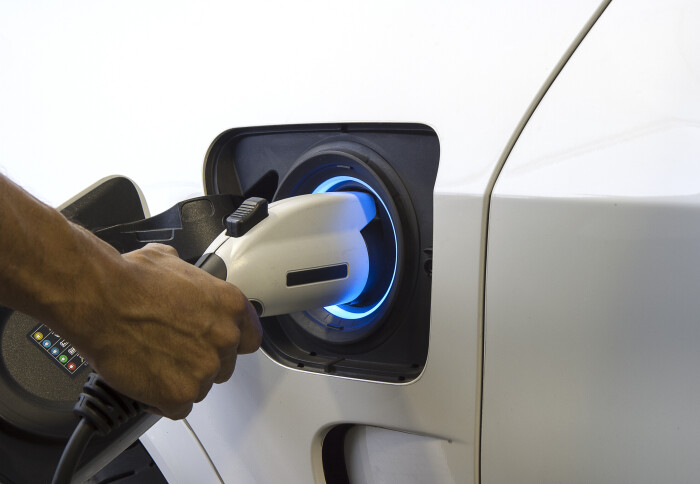£19m investment to drive innovative battery research

The UK’s flagship institute for electrochemical energy storage research has announced new investment in four battery projects.
The Faraday Institution, which brings together expertise from 27 universities including Imperial College London, has committed £19 million to boost research aimed at delivering beneficial impact for the UK.
The existing projects cover three fields of research – next generation cathode materials, electrode manufacturing and sodium-ion batteries – and have been reshaped to focus on the areas with the greatest potential for success.
These include the Nextrode project, which aims to investigate the potential of smart electrode manufacturing to reduce manufacturing costs and improve the performance of batteries, increasing capacity and reducing charging time.
Led by Principal Investigator Professor Patrick Grant at the University of Oxford, the project’s team includes Dr Chun Ann Huang from the Department of Materials as Co-Investigator as well as researchers from the Universities of Birmingham, Sheffield, Southampton, Warwick and UCL.
“This package of funding will help industry and government work together and take decisive action in targeting areas where the UK is leading the way.” Nusrat Ghani MP Minister for Industry and Economic Security
Elsewhere, the FutureCat project, led by the Universities of Sheffield and Warwick, has a focus on high-capacity, high-performance nickel-rich oxide cathodes targeting premium electric vehicle applications and delivering these at scale.
Dr Nuria Tapia-Ruiz from Imperial's Department of Chemistry is a Co-Investigator on the project, which is targeting step-changes in understanding novel redox processes as a route to stabilise both high capacity, high performance, nickel rich and emerging cathodes, scalable designer morphologies and materials delivery.
Meanwhile, the NEXGENNA project is developing next generation sodium-ion batteries, a technology on the cusp of commercialisation that is suited to applications, such as low-cost mobility and static storage, where lifetime operational cost – not energy density or weight – is the overriding factor.
The team, which includes Dr Tapia-Ruiz and Professor Magda Titirici from the Department of Chemical Engineering at Imperial, aims to surpass the performance of lithium iron phosphate/graphite batteries by improving the energy density, power, and lifetime of sodium-ion batteries while maintaining sustainability, safety, and cost advantages.
Minister for Industry and Economic Security Nusrat Ghani said: “The UK automotive sector is at the cutting edge of exploiting innovative technologies. These have the potential to create jobs, grow the economy and accelerate how we reach net-zero. This package of funding will help industry and government work together and take decisive action in targeting areas where the UK is leading the way.”
The reshaping of the organisation’s six other large, coordinated research projects on extending battery life, battery modelling, recycling and reuse, safety, solid-state batteries, and lithium-sulfur batteries was announced in March 2023.
Article supporters
Article text (excluding photos or graphics) © Imperial College London.
Photos and graphics subject to third party copyright used with permission or © Imperial College London.
Reporter
Conor McNally
The Grantham Institute for Climate Change